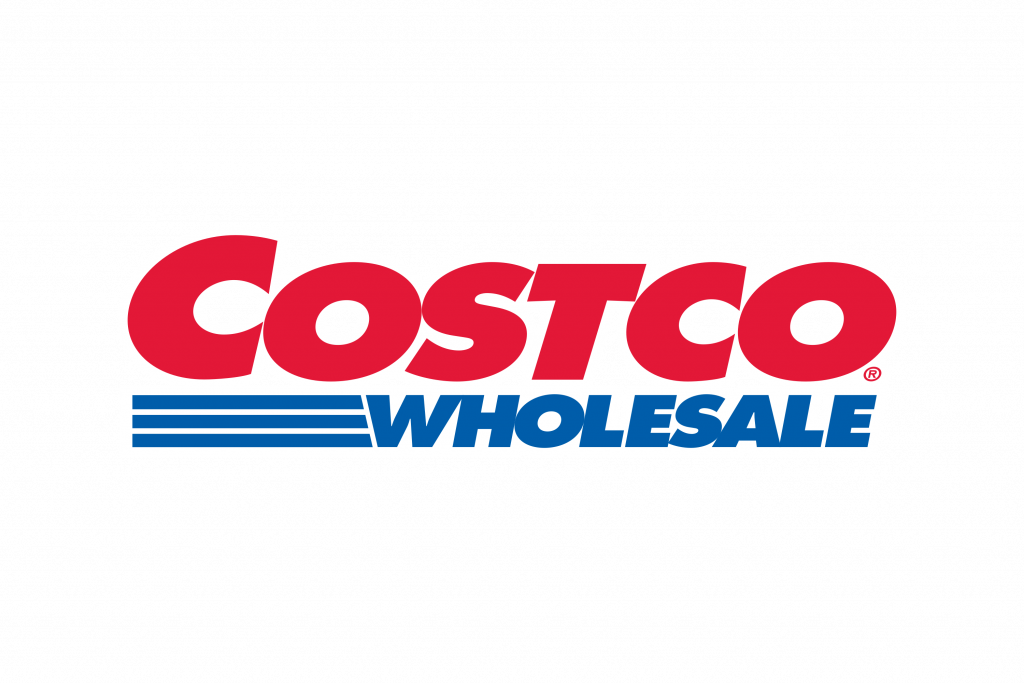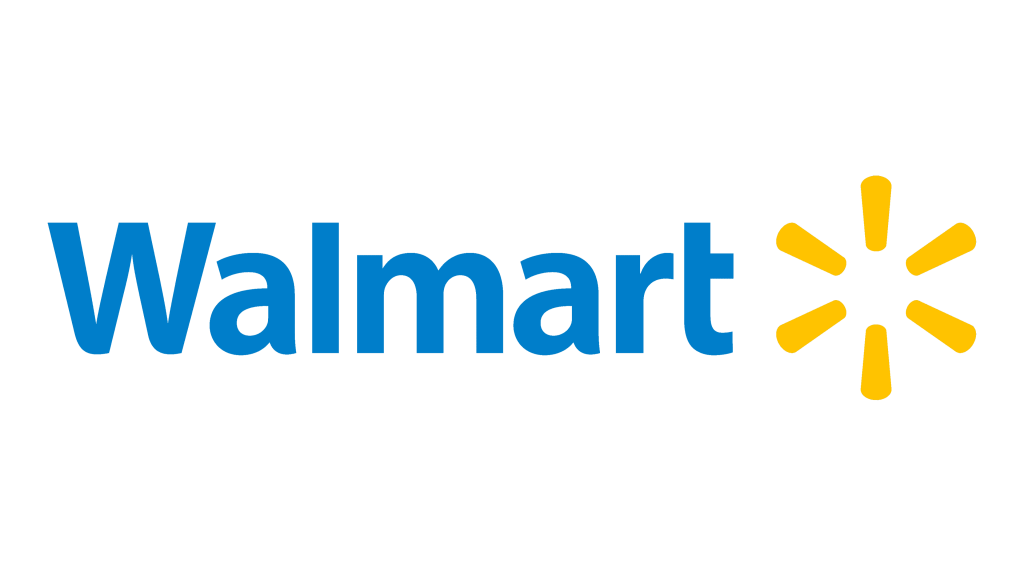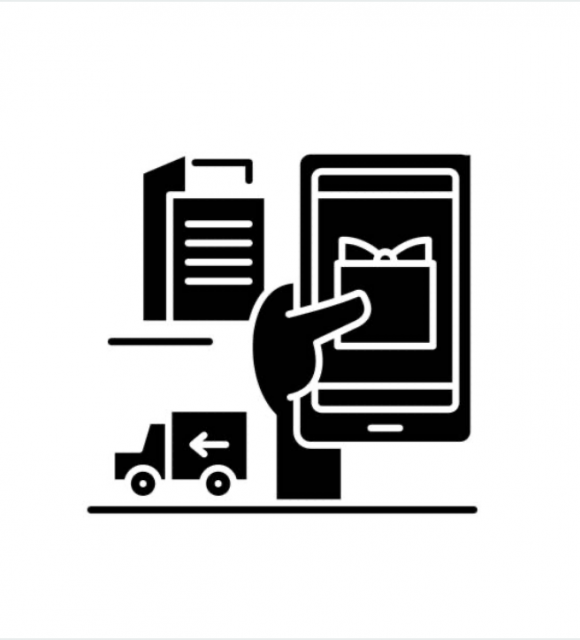Do traditional channels still have value in marketing?
Traditional Channels
Although online platforms have transformed the marketing landscape, traditional channels still hold value. They can reach broad audiences and effectively promote brands in certain contexts. When developing marketing strategies, it is wise to consider the advantages of both traditional and online channels, and choose the most suitable ones based on target audience and brand requirements.
Traditional Mass Media





Direct Sales Channels
Products or services can be sold by directly contacting customers.
mail order
Promoting and selling products or services through direct mail, allowing customers to make purchases remotely by ordering through mail or catalogs.
telemarketing
Promoting and selling products or services through telephone conversations with potential customers.
TV shopping
Promoting and selling products or services through televised programs that allow viewers to make purchases directly via phone or online platforms.
Other Channels
This encompasses a variety of brick-and-mortar establishments, including shopping malls, boutique stores, chain retailers, showrooms, supermarkets, and more. These physical locations allow customers to personally visit and engage in the purchase of products or services.
Through collaborative partnerships, sales channels are established to collectively promote and sell products or services, leveraging distribution networks, strategic partners, agents, and more to enhance market reach for brands.
Event venues offer a wide range of elements like presentations, exhibitions, live performances, interactive activities, and branding, etc. providing brands with a unique opportunity to directly engage customers through on-site events and interactive experiences.












